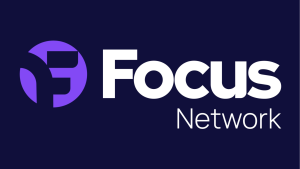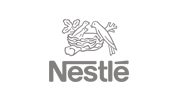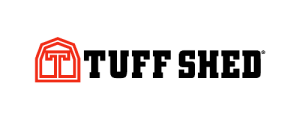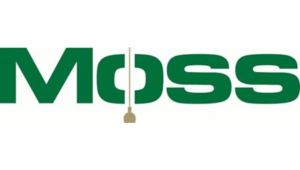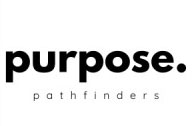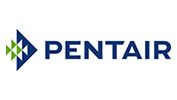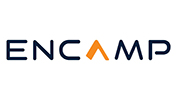As organizations expand their reliance on third-party contractors, the traditional “check-the-box” approach to contractor safety is no longer enough. Incidents involving contractors often reveal fragmented onboarding, inconsistent safety expectations, and limited visibility into contractor performance.
This session explores how leading EHS teams are rethinking contractor management, transforming it from a reactive compliance function into a proactive safety partnership. Drawing from experiences, we’ll dive into ways on how to build scalable contractor onboarding processes, leveraging digital platforms for visibility and accountability, and creating a culture of shared safety ownership between employees and external partners.
Key Takeaways:
- Learn how to prioritize high-risk contractors with tailored onboarding, assessments, and audits that match their level of exposure and complexity.
- Discover techniques to move beyond transactional relationships and embed safety expectations as part of contractual agreements and operational culture.
- Explore tools and systems for real-time visibility into contractor compliance, training status, and incident reporting across sites and vendors.
- Understand how to align contractor metrics with internal KPIs to enable cohesive reporting, benchmarking, and continuous improvement.
